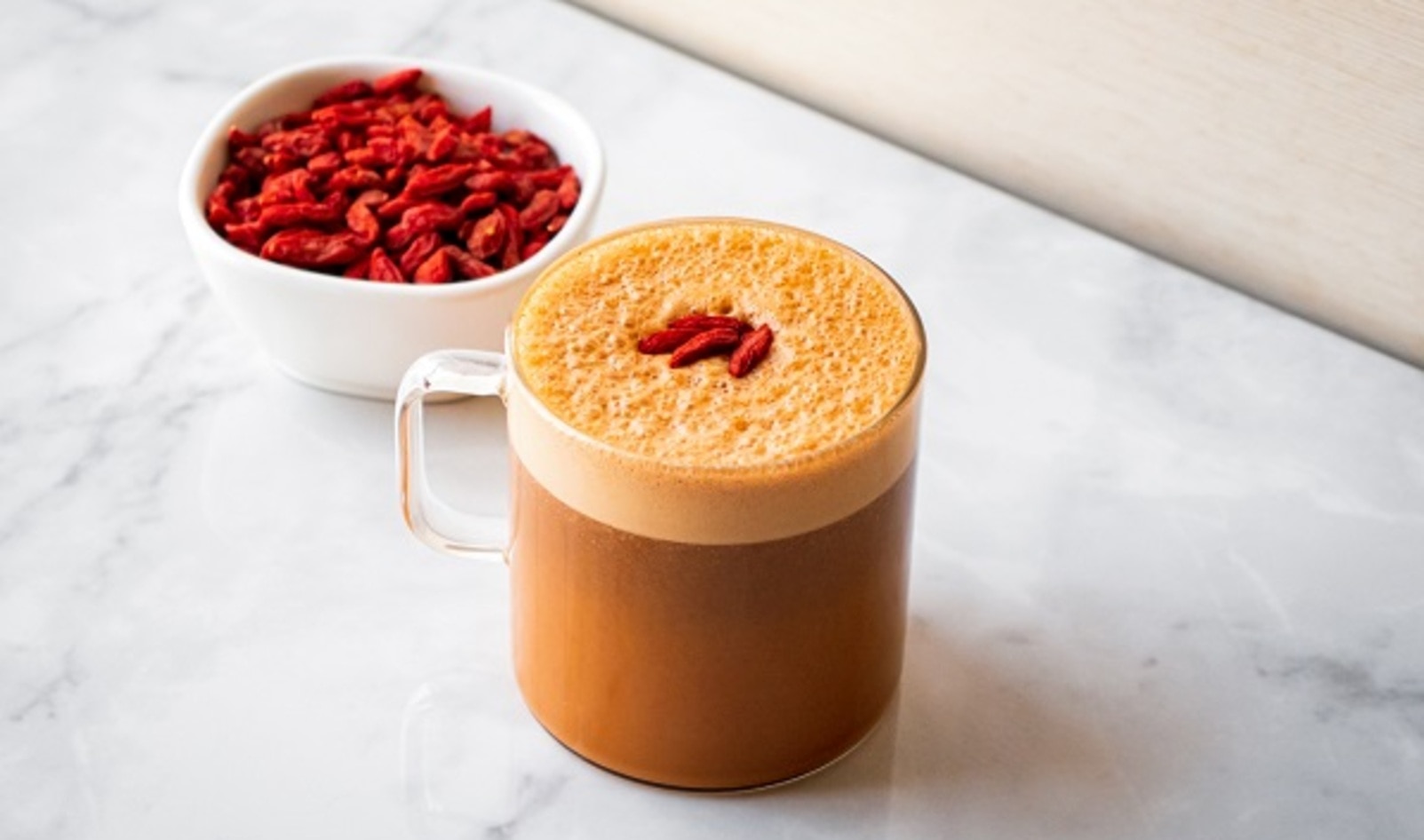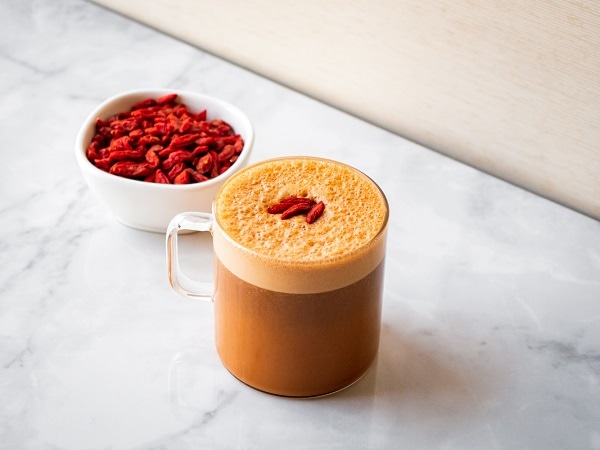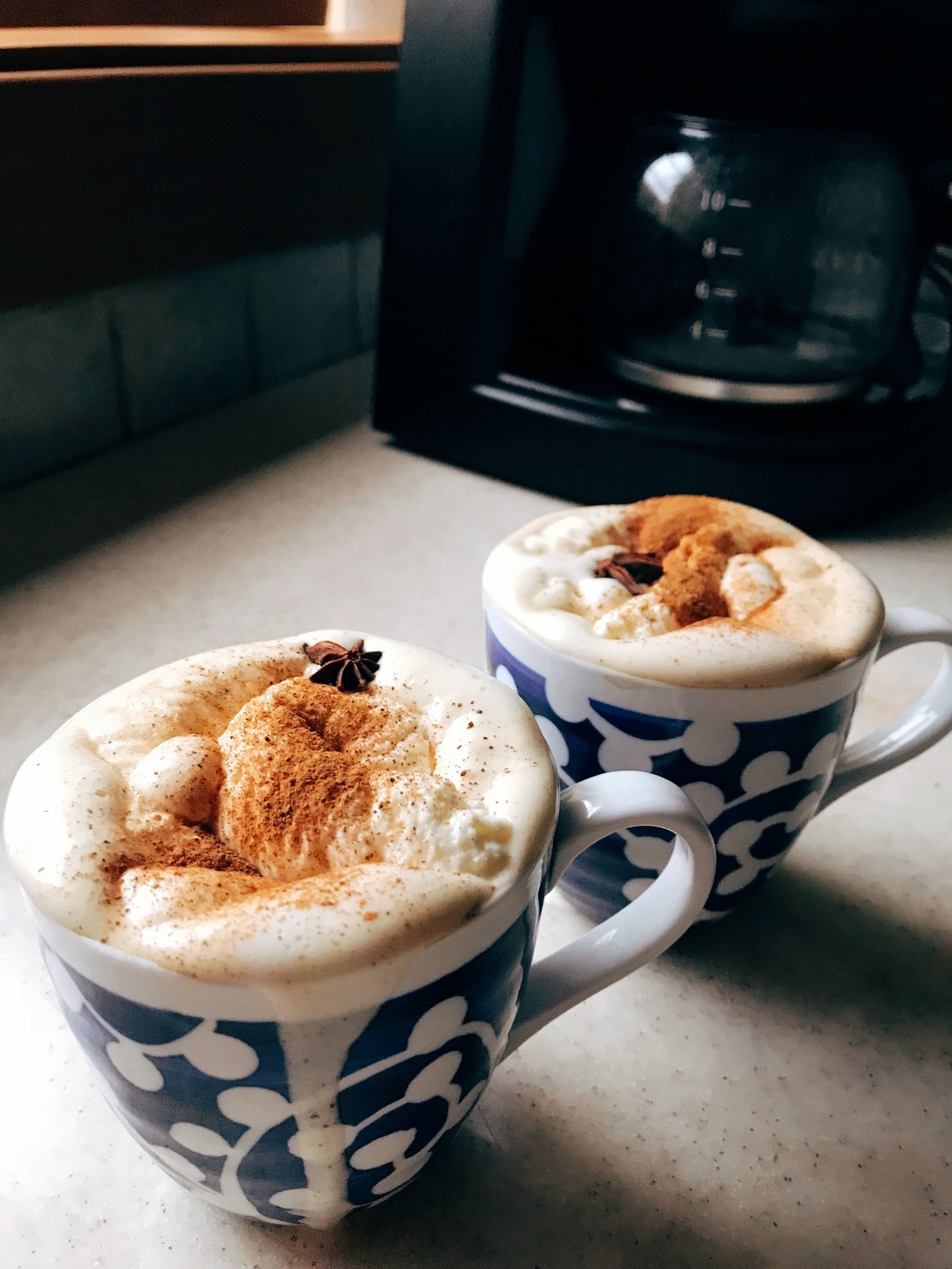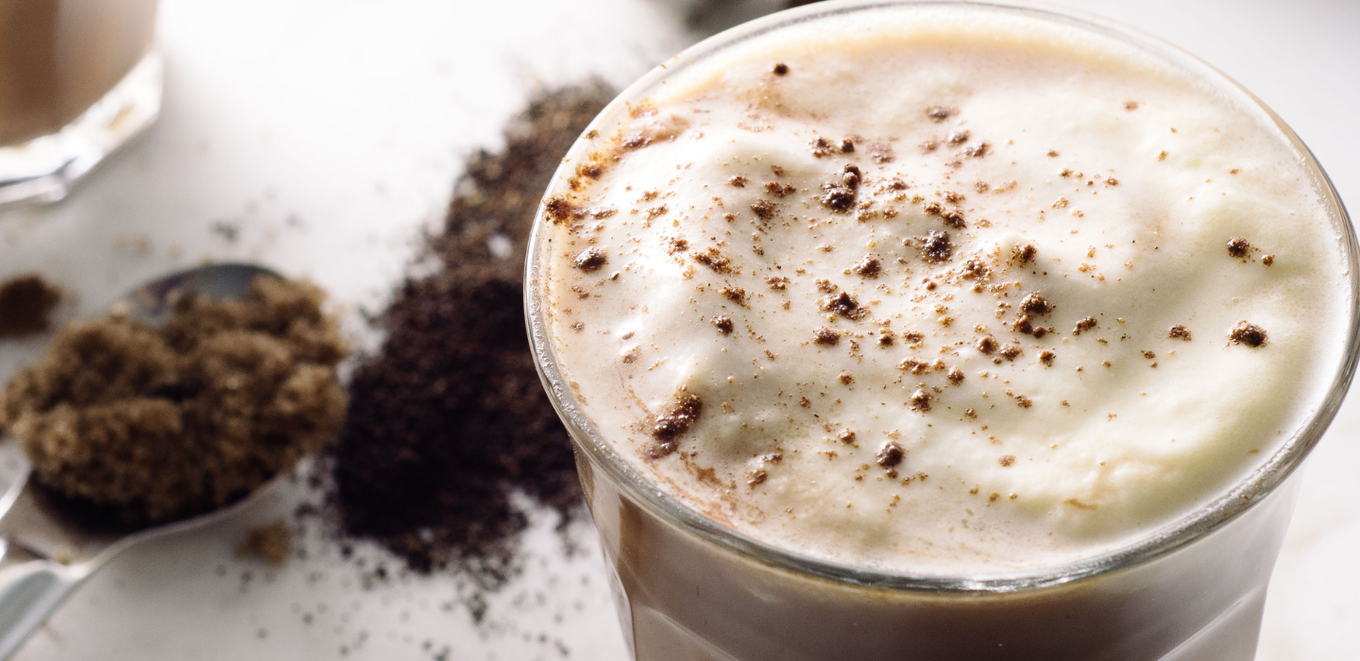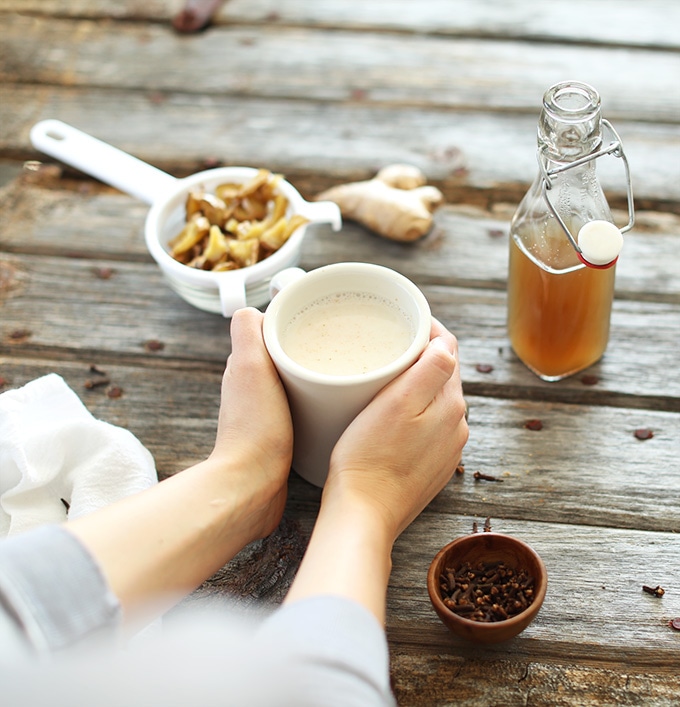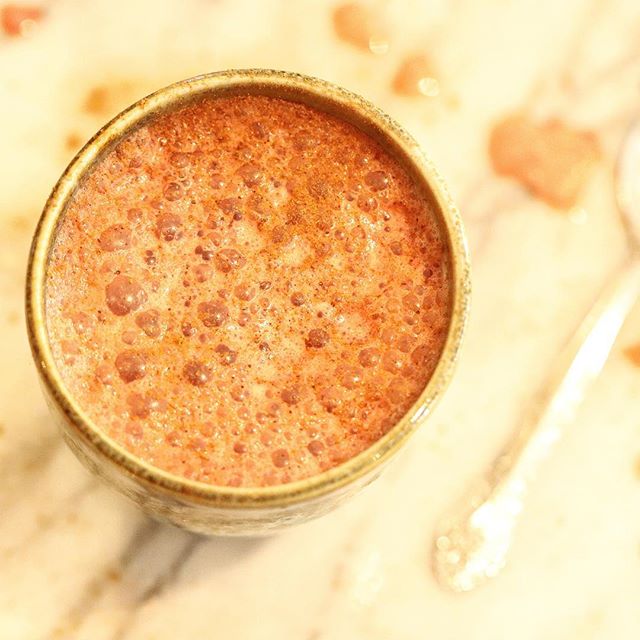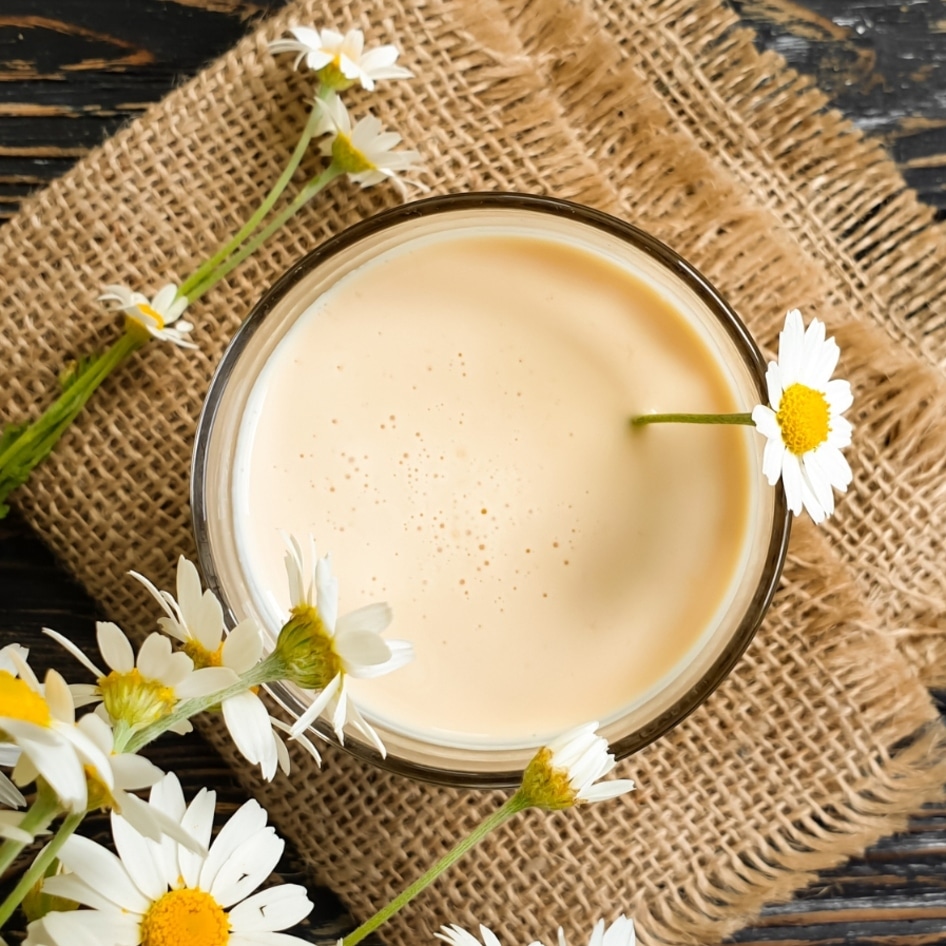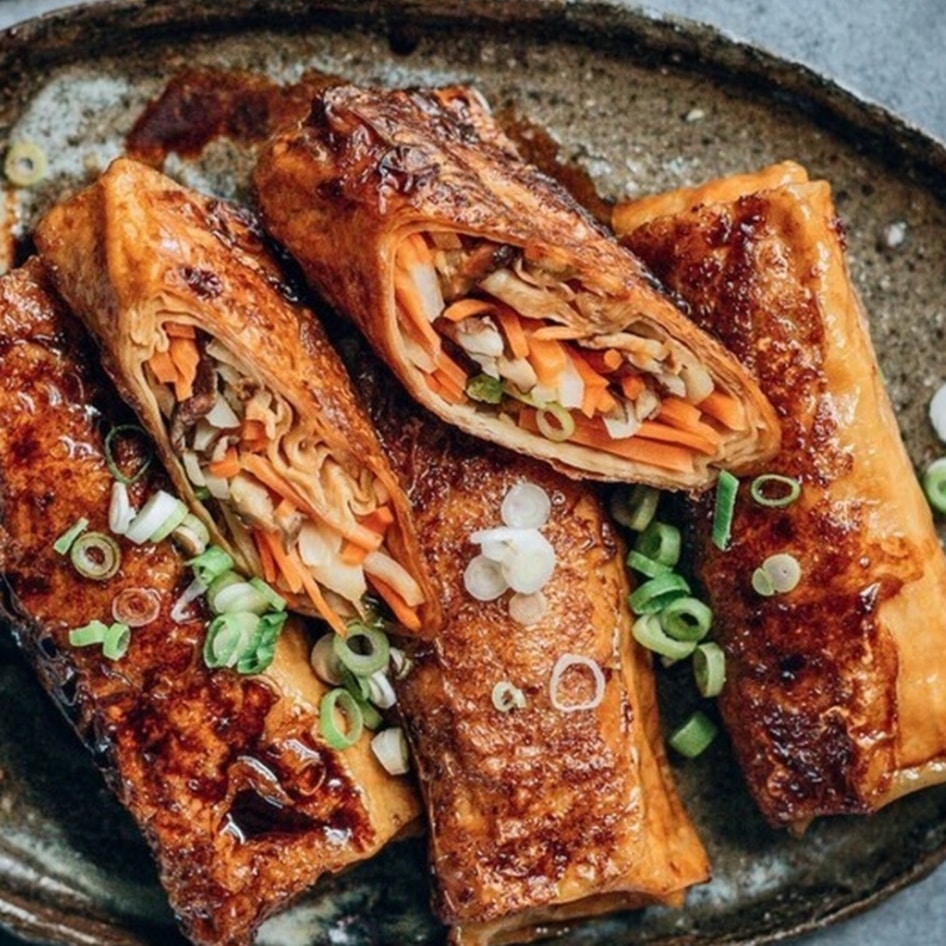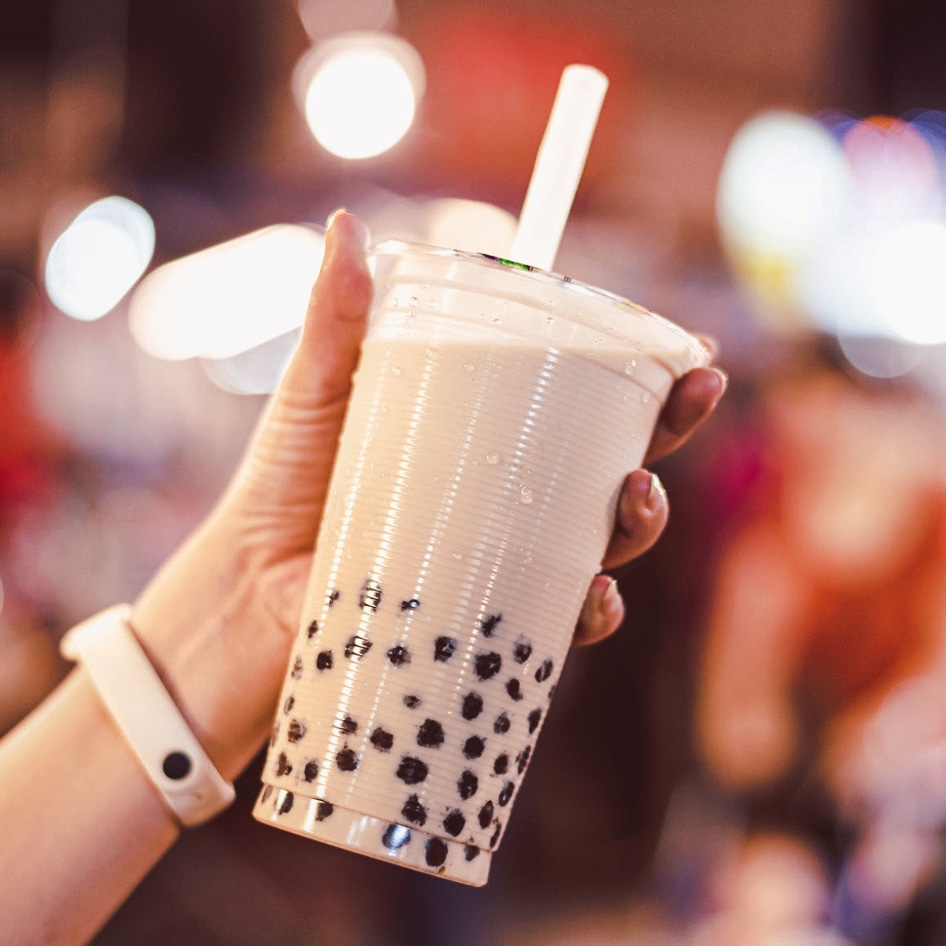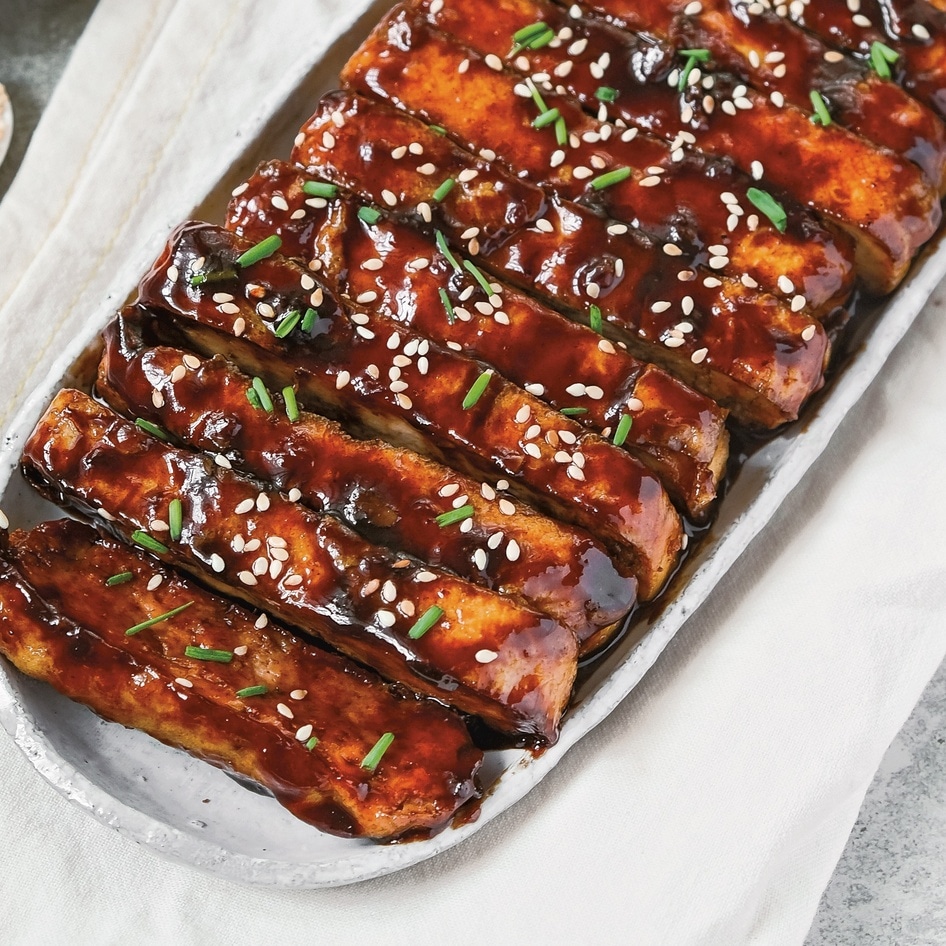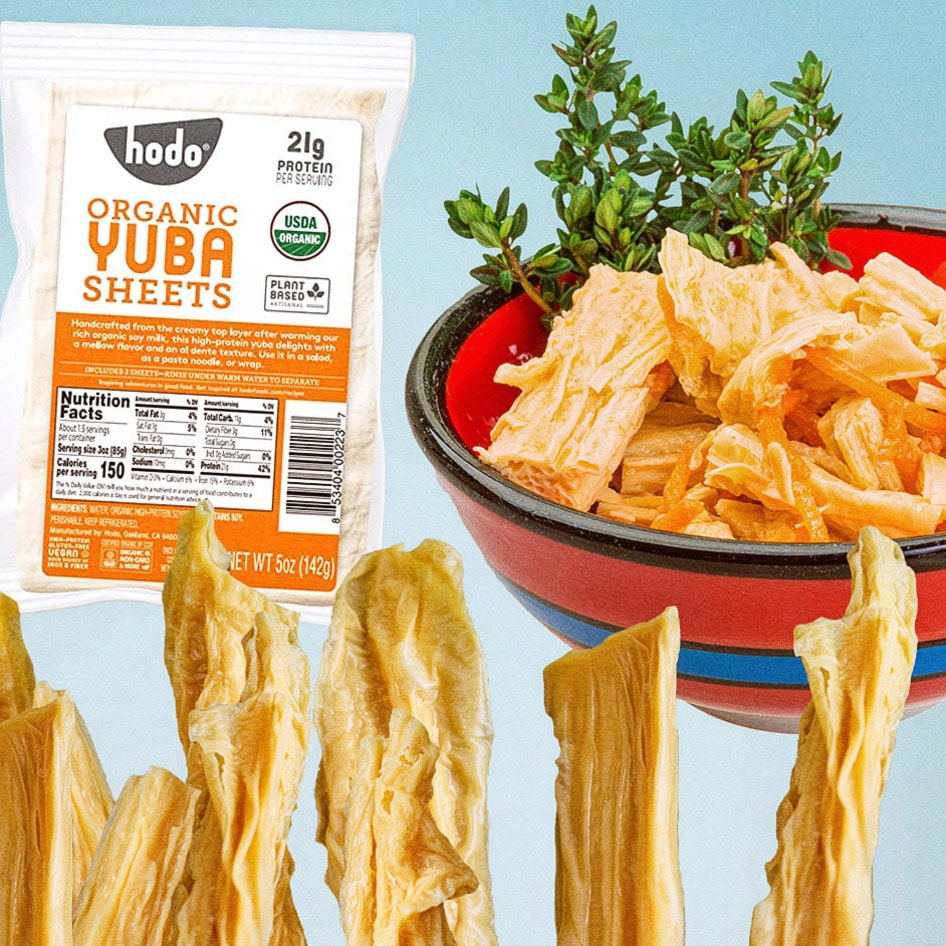While coffee has been a favorite drink in the US for centuries, Chinese consumers have traditionally opted for tea. But things are changing in China. In the last few years, young people in the country have started craving coffee. Dianping, a leading restaurant-finder app in China (sort of like Yelp), noted in 2022 that online searches for “Chinese-style coffee” had risen by 4,713 percent year on year.
This could be due to Western influences, evident in the rise of US giants like Starbucks in the country. Plus, coffee culture is a cornerstone of many European countries, for example, as well as in the US. “The Chinese consumer is increasingly adopting Western lifestyles and coffee is obviously one of the beverages that represent that,” Jason Yu, Greater China managing director of market research firm Kantar Worldpanel, told Reuters recently.
But it’s important to note that many of the beverages that young people are drinking are distinctly Chinese. Jing Daily reports that for many, drinking coffee with traditional Chinese spices and ingredients is an extension of Guochao, a cultural trend in China that celebrates and promotes traditional Chinese culture in contemporary contexts.
What is Chinese-style coffee?
In America a pumpkin spice latte is a favorite, but in China, Gen-Z is increasingly opting for drinks like lotus seed milk lates and goji berry cappuccinos, notes SEO Agency China. “The rise of guacharo coffee is part of a larger trend where young Chinese shoppers prefer domestic brands that reflect their culture and identity,” the publication notes.
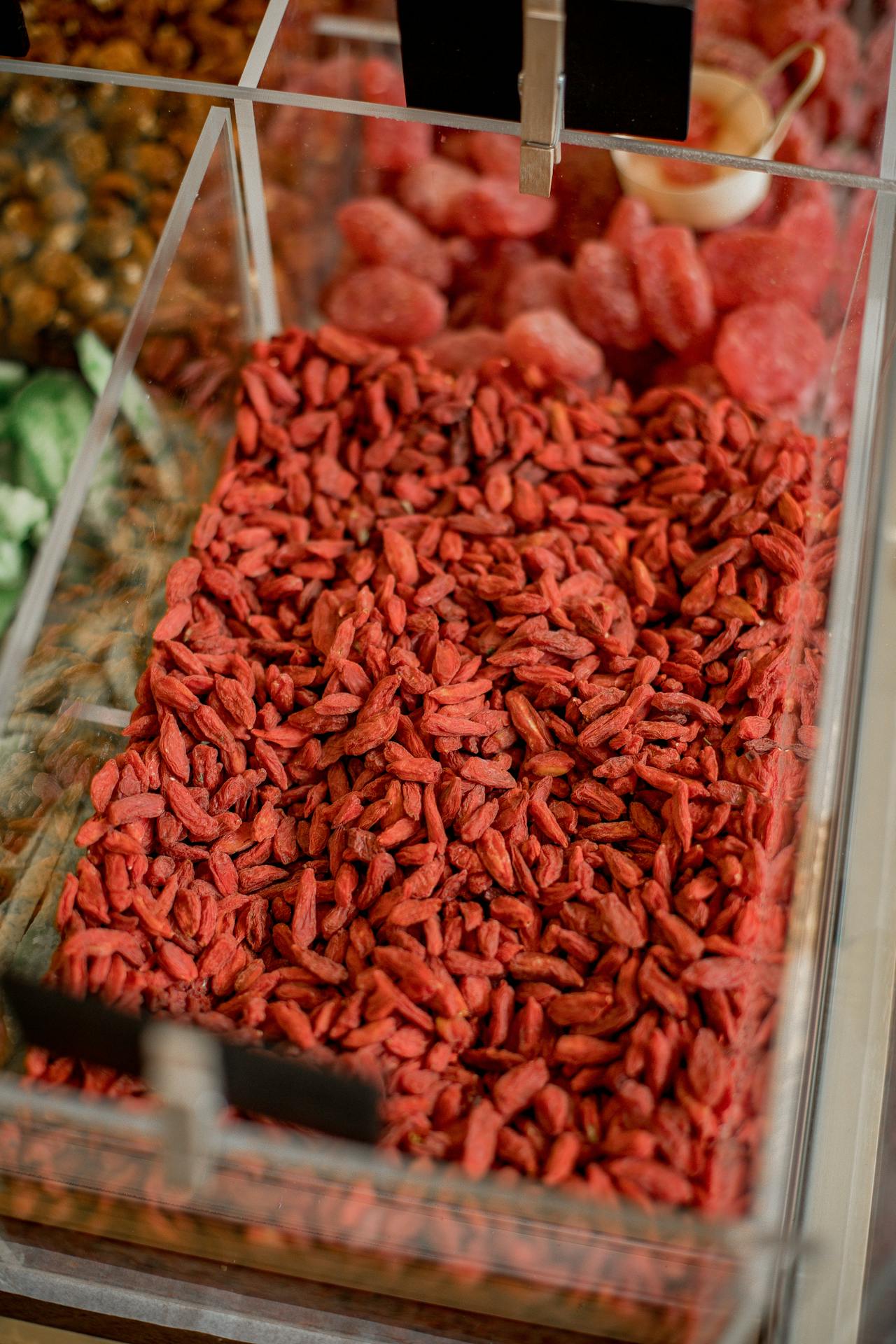 Pexels
Pexels
The idea is to pair coffee classics, like lattes and cappuccinos, with traditional Chinese herbs, spices, and berries. “The use of Chinese herbs in coffee adds an exciting aesthetic twist. Some popular ones include ginseng, jujube, bamboo, and chrysanthemum,” explains SEO Agency China. “Local flavors show their deep respect for Chinese culinary tradition.”
5 coffee recipes made with traditional Chinese herbs, berries, and spices
To really immerse yourself in China’s emerging coffee culture, a trip to China is essential—Beijing and Shanghai are named as two of the biggest coffee hubs in the country right now. But, of course, that’s not possible for many of us (ahem, the cost of living crisis). So to help you get an idea of the flavors of guacharo-influenced coffee, we’ve listed a few Chinese-style coffee recipes below, all of which are easy to make from the comfort of your own home.
1 Cacao Goji Latte
Also known as wolfberries, goji berries are native to China and have been used in traditional Chinese medicine for centuries. In this recipe, they are combined with black tea, cacao powder, and almond milk to make a delicious frothy latte with a sweet and tangy flavor.
Get the recipe
2 Spiced Coffee Infused With Star Anise and Cinnamon
If you like licorice, you’ll love star anise, a star-shaped spice commonly used in Chinese cooking. In coffee, it goes beautifully with another popular spice in China: cinnamon (just like this tasty recipe demonstrates). While not native to China, the latter has been used in Chinese cuisine and traditional medicine for centuries.
Get the recipe
3 Five Spice Chai Tea Latte
As the name indicates, Chinese five spice is a blend of five different spices: star anise, cloves, cinnamon, Sichuan pepper, and fennel seeds (or Chinese licorice root). The versatile mixture is often added to season stir-fries and vegetables, but it also works well in a warming chai tea latte.
Get the recipe
4 3-Ingredient Ginger Latte
Ginger—which originated in Southeast Asia—is a staple all over the world. In China, it’s often used in cooking, thanks to its aromatic and spicy flavor. As you’ll know already if you’re a fan of a gingerbread latte, it really shines when it’s paired with coffee, too.
Get the recipe
5 Superfood Schizandra Latte
Schizandra, an adaptogen from a fruit-bearing vine native to Asia, is a common staple in Chinese medicine and is quickly becoming a popular supplement in the West, too. One of the best ways to consume it is arguably in coffee form, alongside almond butter, Medjool dates, beetroot powder, maca powder, and cinnamon, just like this recipe from Scoop Whole Foods demonstrates.
Get the recipe
For more drink recipes, read:
JUMP TO ... Latest News | Recipes | Guides | Health | Shop

